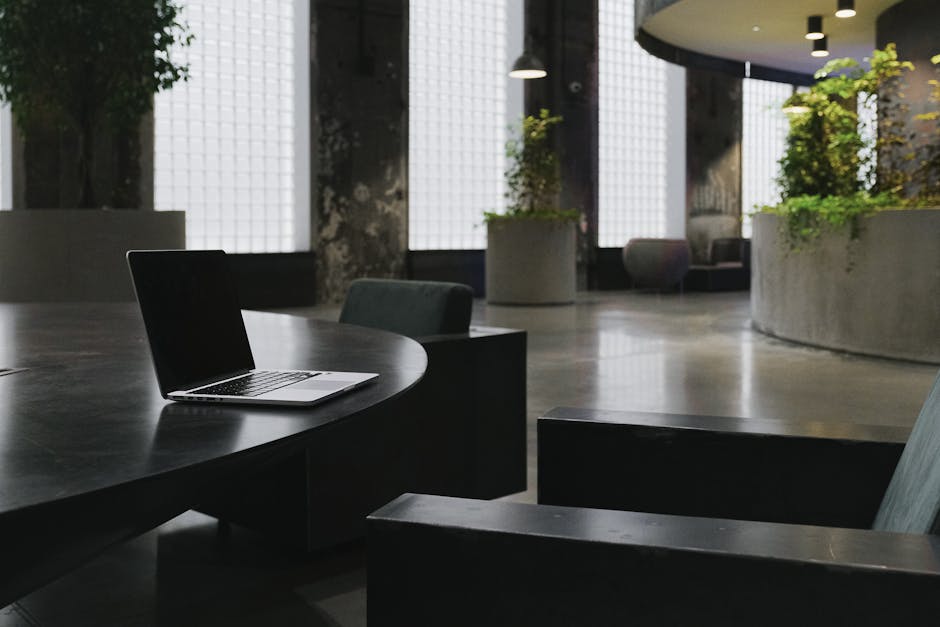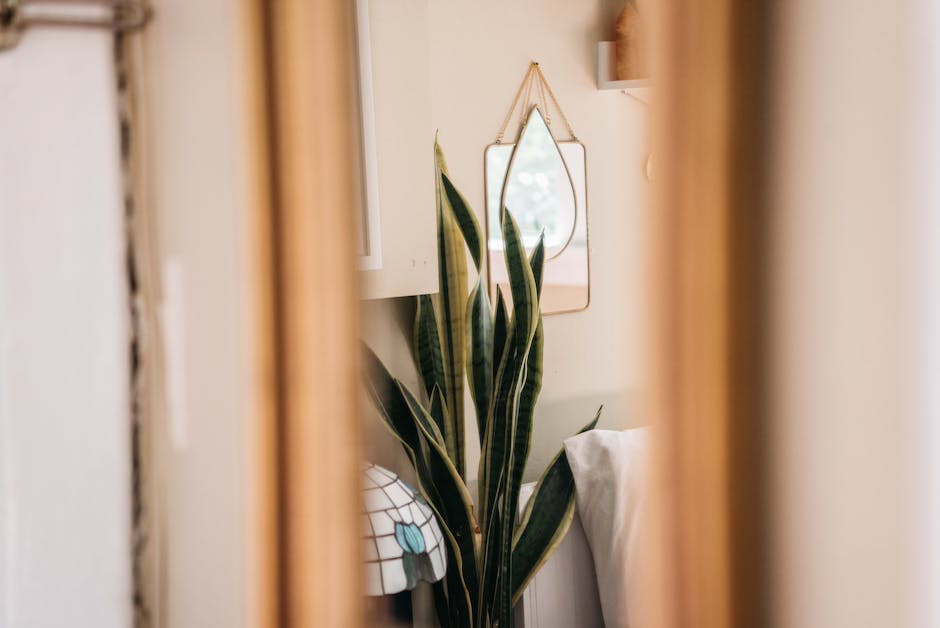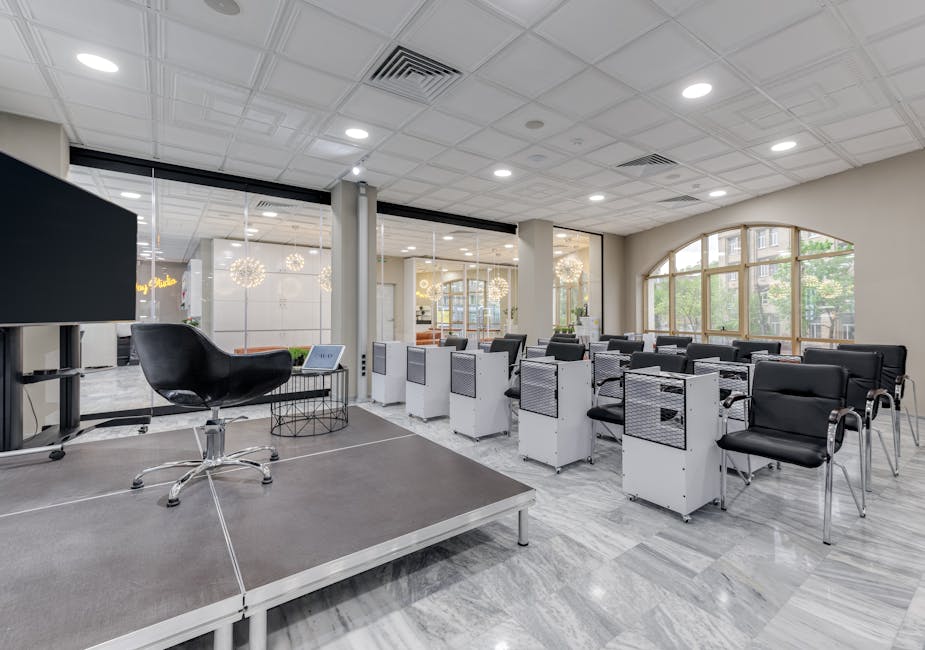Biophilic Design: Bringing Nature Indoors for Healthier, More Productive Workplaces
“Biophilic design integrates natural elements into built environments to satisfy our innate connection to nature. This article explores how incorporating biophilic principles into workplace design can enhance employee wellbeing, reduce stress, improve productivity, and create more sustainable, engaging spaces that benefit both people and organizations. ”

What Is Biophilic Design?
Biophilic design is a concept used within the building industry to increase occupant connectivity to the natural environment through the use of direct nature, indirect nature, and space conditions. The term stems from "biophilia," meaning love of nature, and recognizes humans' inherent need to connect with natural elements even in built environments. This design approach isn't just an aesthetic choice—it's a response to our evolutionary history and psychological needs as humans who spent most of our existence in natural settings.
Unlike architectural styles born from industrial evolution like Art Deco or Brutalism, biophilic design emerged from our understanding of human-nature relationships and their impact on our wellbeing. It represents a paradigm shift in how we think about interior spaces, particularly in corporate environments where people spend significant portions of their lives.

The Science Behind Biophilic Design
The benefits of biophilic design aren't just theoretical—they're backed by substantial scientific research. Studies have consistently shown that exposure to natural elements, even in indoor environments, can:
- Reduce stress and anxiety levels by lowering cortisol and blood pressure
- Improve cognitive function and creativity
- Enhance mood and psychological wellbeing
- Boost productivity and focus
- Accelerate healing and recovery processes
These benefits stem from our evolutionary connection to nature. For thousands of generations, humans evolved in natural environments, developing innate responses to natural stimuli. When we're deprived of these connections in sterile, artificial environments, our bodies and minds experience a form of stress. Biophilic design helps alleviate this by reintroducing the natural elements our brains are wired to respond positively to.
Key Elements of Biophilic Design
Effective biophilic design incorporates several key patterns and elements that can be adapted to various office spaces:
1. Direct Nature Connections
These involve incorporating actual natural elements into the built environment:
- Living plants and vegetation: From simple desk plants to living walls and indoor gardens
- Water features: Fountains, ponds, or water walls that provide both visual appeal and soothing sounds
- Natural light: Maximizing daylight through windows, skylights, and reflective surfaces
- Fresh air and ventilation: Improving indoor air quality through natural airflow and ventilation systems
2. Indirect Nature References
When direct natural elements aren't feasible, indirect references can still trigger biophilic responses:
- Natural materials: Wood, stone, bamboo, and other organic materials
- Natural colors: Earth tones, blues, and greens that reflect colors found in nature
- Natural patterns and shapes: Designs that mimic organic forms and patterns (known as biomimicry)
- Images of nature: Artwork, photographs, or digital displays of natural scenes

3. Spatial Configurations
The way space is organized can also evoke natural experiences:
- Prospect and refuge: Creating spaces that offer both open views (prospect) and cozy, protected areas (refuge)
- Complexity and order: Balancing visual interest with coherent organization
- Mystery and discovery: Designing spaces that reveal themselves gradually, encouraging exploration
- Risk and peril: Incorporating controlled elements of excitement or perceived risk (like glass floors or balconies)
Implementing Biophilic Design in the Workplace
Integrating biophilic elements into workplace design doesn't necessarily require extensive renovations or huge budgets. Here are practical approaches for organizations of any size:
Start Small with Plants and Natural Materials
Even modest additions can make a significant difference:
- Introduce desktop plants or larger floor plants in common areas
- Replace synthetic materials with natural alternatives where possible
- Use natural wood for furniture or accent pieces
- Install adjustable blinds that maximize natural light while controlling glare
Focus on Light and Views
Natural light is perhaps the most important biophilic element:
- Rearrange workspaces to maximize access to windows and natural light
- Remove barriers that block light from reaching deeper into the space
- Consider light shelves or reflective surfaces that bounce daylight further into interior areas
- When renovating, prioritize larger windows or skylights
Create Varied Environments
Different types of work require different environments:
- Design spaces with varying ceiling heights and spatial dimensions
- Create both open collaborative areas and private, enclosed spaces
- Incorporate outdoor workspaces when climate and space permit
- Use plants as natural dividers between different functional areas

Incorporate Sensory Experiences
Biophilic design engages all the senses:
- Consider the acoustic environment—natural sounds can mask distracting noise
- Use diffusers with natural scents to create pleasant olfactory experiences
- Vary temperatures slightly between areas to create microclimates
- Include textural elements that invite touch and tactile engagement
Business Benefits of Biophilic Design
While the human benefits of biophilic design are compelling, there are also strong business cases for implementing these principles:
Improved Productivity and Reduced Absenteeism
Research indicates that employees in environments with biophilic elements show:
- Up to 15% higher levels of reported wellbeing
- Up to 15% higher levels of creativity
- Up to 6% higher productivity
- Significantly reduced absenteeism rates
These improvements translate directly to bottom-line benefits for organizations investing in biophilic workspaces.
Enhanced Recruitment and Retention
In today's competitive talent market, workplace environment has become a key differentiator:
- Attractive, biophilic workspaces help organizations stand out to potential employees
- Employees report higher job satisfaction in spaces with natural elements
- Reduced turnover rates save significant recruitment and training costs
- Biophilic spaces demonstrate organizational commitment to employee wellbeing
Energy Efficiency and Sustainability
Many biophilic design elements also contribute to sustainability goals:
- Maximizing natural light reduces electricity consumption
- Plants improve air quality and can reduce HVAC demands
- Natural materials often have lower embodied carbon than synthetic alternatives
- Biophilic spaces create natural alignment with broader corporate sustainability initiatives
Case Studies: Biophilic Design Success Stories
Amazon Spheres (Seattle, Washington)
Amazon's headquarters features three giant glass domes containing more than 40,000 plants from over 30 countries. These "Spheres" serve as both workspace and botanical garden, offering employees alternative work environments amid lush vegetation. Since implementation, Amazon has reported increased employee satisfaction and productivity in these spaces.
Microsoft Campus (Redmond, Washington)
Microsoft built treehouse meeting spaces on its campus, enabling employees to work literally among the trees. These unique spaces provide fresh air, natural light, and connection to nature while still offering all the technology needed for productive work. The treehouses have become some of the most requested meeting spaces on campus.
WELL-Certified Office Buildings
Buildings certified under the WELL Building Standard, which emphasizes biophilic elements, have demonstrated measurable improvements in occupant health and productivity. Companies occupying these spaces report reduced sick days, higher employee retention, and improved cognitive performance.

Challenges and Considerations
While biophilic design offers numerous benefits, implementation does present some challenges:
Maintenance Requirements
Living elements require ongoing care:
- Plants need regular watering, pruning, and occasional replacement
- Water features require cleaning and maintenance to prevent stagnation
- Natural materials may need more frequent refinishing or replacement than synthetic alternatives
Initial Costs vs. Long-Term Benefits
The initial investment in biophilic elements may be higher than conventional alternatives:
- Quality natural materials often cost more upfront than synthetic options
- Living walls and substantial plantings require professional installation
- Structural changes to increase natural light can be significant investments
However, these costs should be weighed against the long-term benefits in productivity, reduced absenteeism, and employee retention, which typically provide substantial return on investment.
Balancing Aesthetics with Functionality
Biophilic design must still support the practical needs of the workplace:
- Plants and water features shouldn't create obstacles or safety hazards
- Natural materials must meet durability and maintenance requirements
- Maximizing natural light must be balanced with controlling glare and heat gain
The Future of Biophilic Design
As workplace design continues to evolve, biophilic principles are becoming increasingly central rather than supplementary considerations. Several trends point to the growing importance of nature-integrated workspaces:
Integration with Smart Building Technology
Emerging technologies are enhancing biophilic experiences:
- Automated systems that optimize natural light while controlling glare
- Smart irrigation for living walls and plantings
- Circadian lighting systems that mimic natural daylight patterns
- Air quality monitoring integrated with natural ventilation
Expansion Beyond Visual Elements
Future biophilic design will engage more senses:
- Acoustic elements that incorporate natural sounds
- Thermal variability that mimics natural environments
- Incorporation of natural scents and aromas
- Dynamic elements that change with seasons or time of day
Quantifying Benefits Through Data
As measurement tools improve, organizations can better quantify the benefits:
- Wearable technology tracking physiological responses to biophilic elements
- Productivity and wellbeing metrics correlated with specific design features
- Return on investment calculations for biophilic implementations
- Optimization of designs based on measured outcomes
Conclusion: Making the Case for Nature in the Workplace
Biophilic design represents more than just an aesthetic trend—it's a fundamental reconsideration of how our built environments can support human health, wellbeing, and productivity. By reconnecting employees with natural elements, organizations can create workplaces that people genuinely want to be in, rather than merely tolerate.
The evidence is clear: when we design with nature in mind, we create spaces that help people thrive. From improved cognitive function and creativity to reduced stress and absenteeism, the benefits of biophilic design make a compelling case for bringing the outdoors in.
As organizations continue to reimagine the purpose and design of their workplaces, particularly in the era of hybrid and flexible work, biophilic principles offer a powerful framework for creating environments that support both individual wellbeing and organizational success. By embracing our innate connection to nature, we can transform workplaces from mere containers for work into catalysts for human potential.